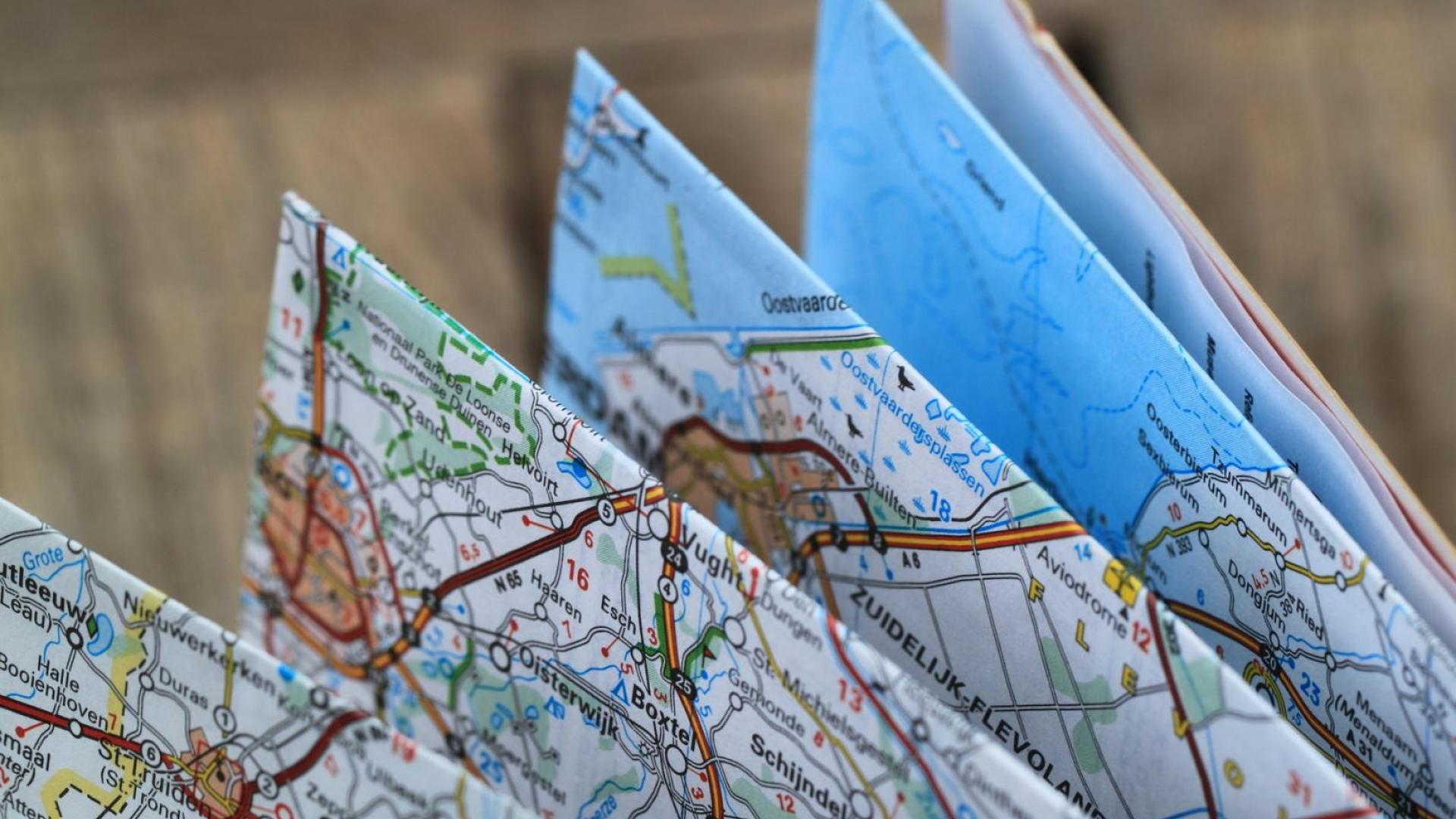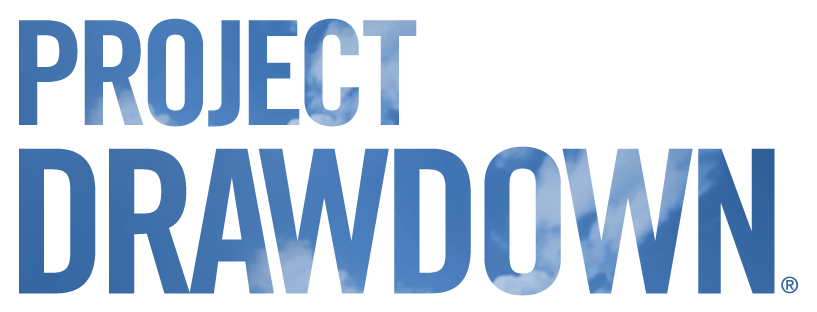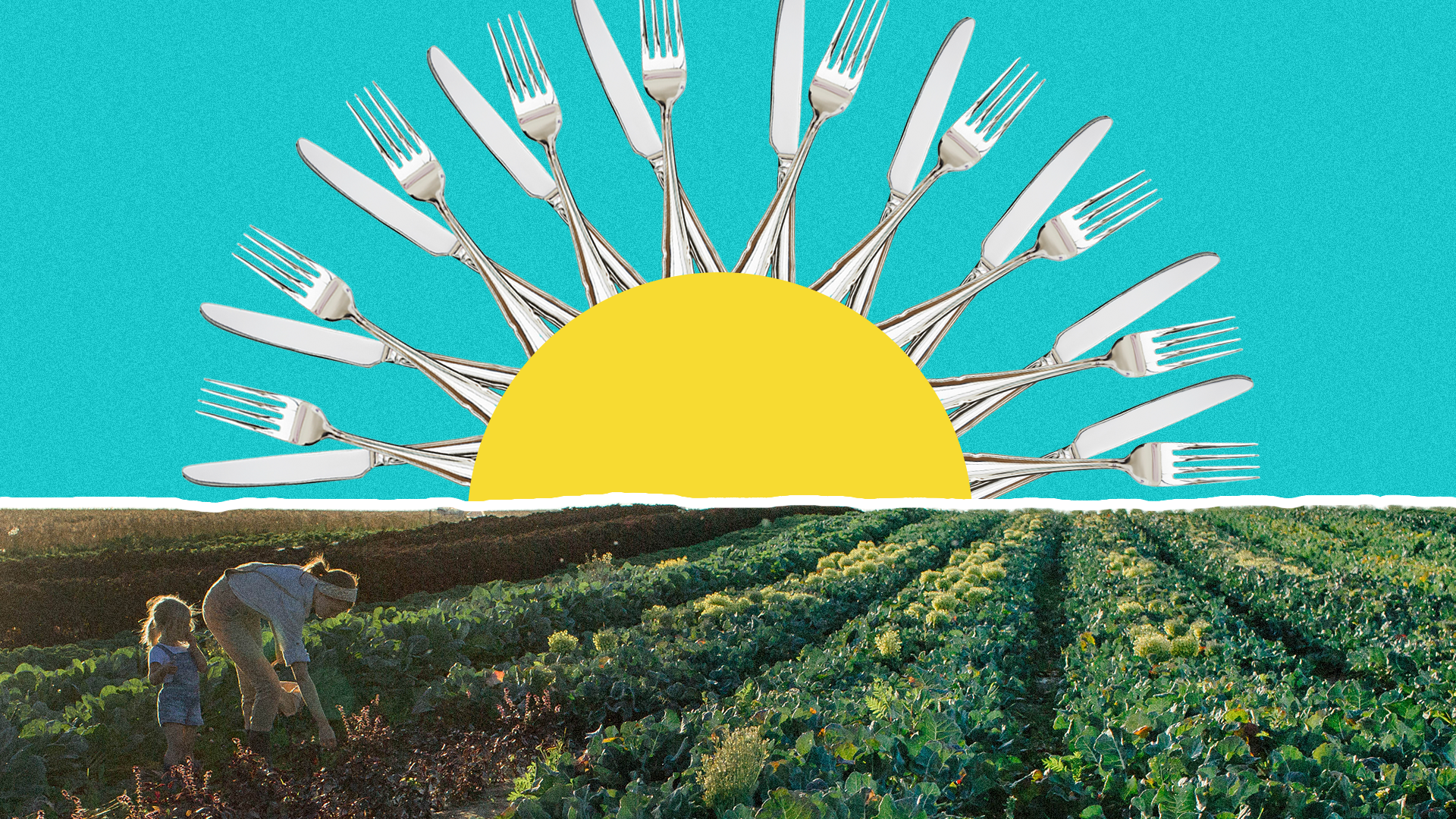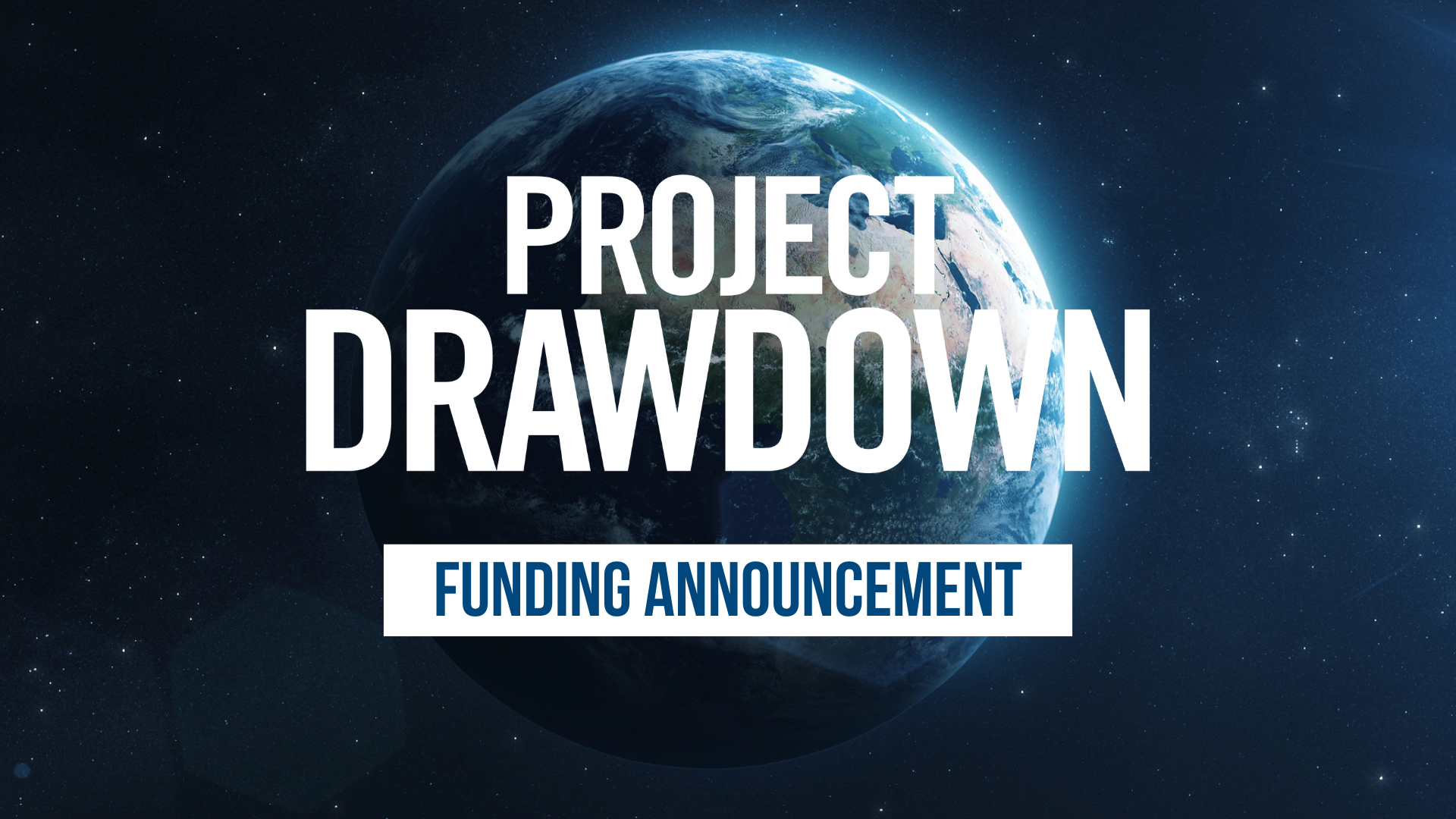Many maps, many routes—one destination

A roadmap is an incredibly useful tool for getting from one place to another. It shows you where you’re heading and the various routes to get there.
Even more useful, however, is a customized version – a roadmap that shows in detail which route to take if you want to get from where YOU are to YOUR destination in the most efficient way possible, given the resources (time, money, transportation options) available.
Similarly, the Drawdown Roadmap is invaluable for showing in a general way how we can achieve a climate-stable future. But it doesn’t necessarily lay out the best path for those focusing on a specific sector, such as electricity, industry, transportation, buildings, or food, agriculture, and land use.
Enter Drawdown Roadmaps – with an “s.”
Where the Drawdown Roadmap describes how to strategically mobilize solutions across sectors, time, and place; engage the power of co-benefits; and recognize and remove obstacles, Drawdown Roadmaps will offer specific recommendations customized to solutions or solutions categories, allowing companies, philanthropies, investors, development banks, and policymakers to select the route that best fits their circumstances.
First up, in the early part of 2024, will be a Drawdown Roadmap for Food, Agriculture, and Land Use. This tool will apply the Roadmap framework to food systems to identify “emergency brake” solutions that will lead to rapid reductions in greenhouse gas emissions. It will highlight which solutions can be implemented quickly and have the biggest bang-for-the-buck in specific regions around the world.
Other areas of focus we’re hoping to develop as funding allows include buildings and win-wins for nature and climate. For each customized roadmap, reports, infographics, fact sheets, videos, and map layers will allow users to align considerations such as suitability, feasibility, impact, and co-benefits to identify the best path forward under their unique circumstances.
Eventually – again, as funding allows – we hope to produce interactive web-based apps that enable users to design a roadmap around their specific circumstances to help their company or organization reduce their emissions quickly. We’ll share more as our work develops.
Do you have suggestions for specific Roadmaps that might be of most use to you and your colleagues? Interested in helping to fund the Roadmaps initiative? Please let us know at info@drawdown.org.
Press Contacts
If you are a journalist and would like to republish Project Drawdown content, please contact press@drawdown.org.



